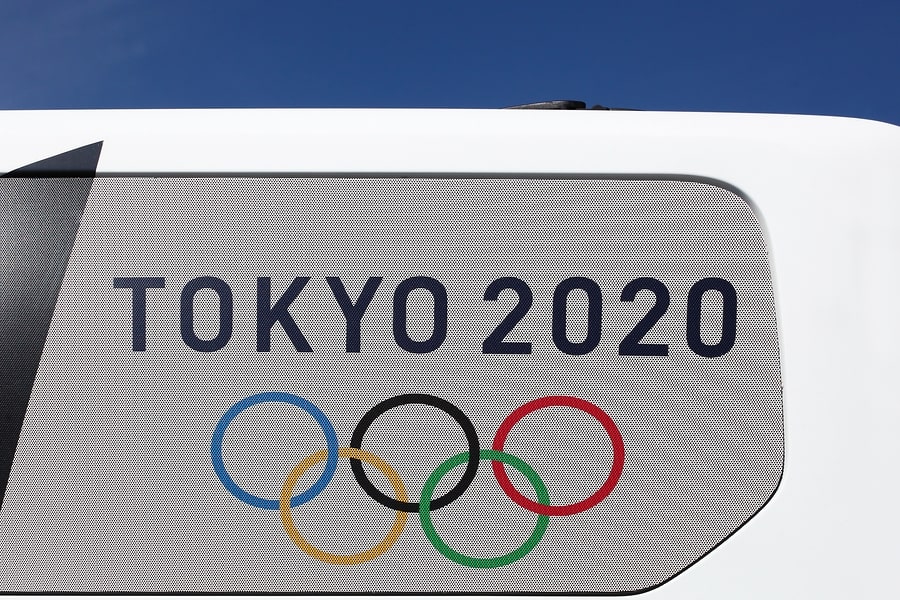Japan has been made famous for its high-tech development which is set to make its presence at the fast approaching 2020 games. The sort of technology which will be visible is the availability of multilingual translation tools. This enables all language speakers the chance to understand what is going on in this key international event. In addition there is expected to be driverless taxis and robotic helpers. The 2020 Games offers an opportunity for Japan to make its mark on the world.
5 new sports to be unveiled at Olympic Games 2020
The organizing committee for Tokyo 2020 intends to add sports that are both youth-friendly such as sport climbing, high-octane sports surfing and skateboarding, as well as all time favourites like karate and softball/baseball.
Games with an athlete focus
The 2020 Games director and ex-Olympian, Murofushi, knows that athletes are focused on an Olympic Games. His intention is to deliver what he hopes is an historical legacy that once over won’t be easy to forget.
Environmentally sustainable solutions are promised
Tokyo 2020 has pledged that the 2020 Games will emphasize environmental factors that are of international concern. This will be based on the 3’S’ which are reuse, recycle reduce.
The Tokyo city government is going to depend on private companies to build an athlete village which can when vacated be turned into an environmentally friendly district which will be powered by the next-gen hydrogen system.
Tokyo did host the Olympic Games in 1964 which opened up modern Japan to the world. It showcased the 1st world satellite feed for television coverage and the shinkansen bullet train. The 2020 ideal is expected to surpass technology and transform Japanese society forever. It is expected to focus on helping to unite societies regardless of their ethnicity, physical capabilities and religion. The hope is to improve infrastructure and conditions to make it a much more kind place for everybody.
Mascots for the Olympic Games
School children in Japan have voted for their favourite mascot designs for the 2020 Olympic and Paralympic Games. The final decision favoured two futuristic looking creatures who were superheros. The Olympic mascot is a white and blue checked character called miraitowa initiated using combination of two Japanese words which are ‘mirai’, which when translated means future while ‘towa’ means eternity. The Paralympic mascot is represented in white and pink and is a superhero called someity which comes from the cherry blossom someiyoshino.
Sport in Japan Today
Japanese sports emphasise the martial arts tradition and, in particular, Sumo wrestling, the country’s national sport. Other sorts of martial arts such as judo, karate, and the more modern version of kendo are popular too. In recent years football and baseball have gained in popularity.
Cutting edge translation technology
Japan is eager to make communication as easy as possible between athletes, officials, volunteers, and the 920,000 overseas visitors expected to enter Tokyo every day throughout the 16-day sporting event. Japan’s electronics big name Panasonic appears to be taking on the lead with its Fukidashi portable translation invention. It is the size of an iPad but it is shaped like speech bubbles seen in cartoons.
It has a screen on each side of the device with a small detachable stand. Two people can converse in their own languages for example English and Japanese. On one of the screens the device shows the Japanese translation of the words used by the English-speaker and on the other screen shows the English translation of what the Japanese translator has been saying. At the moment, Fukidashi is able to translate only four languages which are Japanese, English, Korean and Chinese. This device is designed to facilitate communication.
The multilingual loudspeaker
While the Fukidashi is designed for face-to-face communication, Panasonic also has a gadget which relays information to crowds of people in places like airports, train stations and tourist hotspots. The Megahonyaku, as it is called, is a multilingual loudspeaker which can translate Korean to Chinese and Japanese to English. It is used by speaking Japanese directly into the microphone. This has a computer inbuilt which translates into whichever of the 3 available languages is selected.
On top of this, the National Institute of Information and Communications technology invented VoiceTra, which is a useful app called which provides real-time text translations in 27 languages. It is hoped by 2020 VoiceTra will be offering in addition 10 languages in voice translation.
In 2014 the key Japanese mobile phone provider NTT Docomo launched an app called Jspeak, which translates real-time phone conversations. It includes more than 700 phrases that may be used by tourists which relate to hospitals, hotels, restaurants and transport.
Japanese signs that can be scanned
Visitors coming to Japan for the first time are often quite overwhelmed and even disorientated because most signs are in Japanese. This drew Pijin, a tech collective, to develop an idea of using QR codes as the translation aid. They are placed next to posters, written public information boards and signs in the Japanese language found at tourist spots like museums and airports. It is possible to scan the QR codes using a cell phone which allows you to choose a language you would like to see translated from the original
With more than 40,000 visitors expected at the Olympics, Japan’s innovations are expected to show how the country values its visitors.




